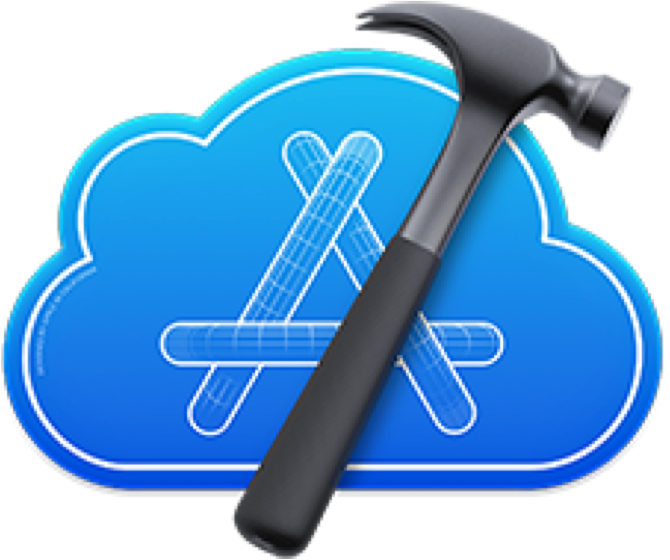Issue 49
Sponsored
Runway handles the release coordination and busywork so you can focus on building great apps. You do the building, we'll do the shipping.
❓ Do you ship your app too often? ❓
I have recently been looking into what the ideal frequency for shipping updates of your app is and whether changing this frequency can affect your app’s success.
As is usually the case with this kind of question, the answer is that it depends. But obviously, I don’t want to be as vague as that, so I am going to share the data and papers I have found and what the key takeaways from them are.
A 2019 study by Canadian researchers revealed a disconnect between developer strategies and user preferences. Developers often follow a time-based release schedule, such as bi-weekly updates, while users generally prefer recently updated apps that are not updated too often. The latter is especially true if they have experienced faulty updates in the past which introduced issues like crashes, increased memory usage, or loss of functionality. Such negative experiences can erode trust and even lead to app uninstalls.
Further research from Peking University in 2018 explored the correlation between update frequency and app ratings in the Google Play Store. The study found that high-ranked apps benefited from frequent updates, receiving positive feedback that could boost their ratings further. In contrast, low-ranked apps tended to receive negative feedback from frequent updates.
The key takeaway from these studies is that the impact of frequent updates hinges on the quality of those updates. In a market where users are unforgiving of crashes and poor experiences, it’s crucial to prioritize quality over quantity. Unlike web environments where users cannot control version updates, mobile users can opt out of automatic updates, making it even more important to ensure each release is well-tested and adds value to the user.
To answer the question to the best of my abilities, I would suggest that you focus on building a great product and shipping fully-tested updates that not only provide added value to your users but they don’t disrupt their existing user experience and let those two factors determine the speed at which you can ship.
CI/CD providers latest software versions
Latest available Xcode and macOS versions on popular mobile CI/CD providers.


16.2 (16C5032a)

15.3 (24D60)


16.2 (16C5032a)

15.2 (24C101)


16.2 (16C5032a)

15.2 (24C101)


16.2 (16C5032a)

15.2 (24C101)


16.2 (16C5032a)

14.6


16.2 (16C5032a)

14.6.1 (23G93)


15.4 (15F31d)

14.6.1 (23G93)


16.0 (16A242d)

14.5 (23F79)
🧵 Automatically translate your string catalogues
If your app is available in several different markets, your content must be localized to ensure that you reach the maximum number of users and that your app provides a seamless user experience that aligns with language preferences, regulations, and market expectations.
However, if you’re building an app on your own, you might not have the resources to hire someone to translate to all the different languages you support. What you can do instead is use Swift Translate, a CLI tool and Swift Package Plugin built by Andrew Theis that uses OpenAI’s GPT-3.5-Turbo model to translate your String Catalogues.
🚨 FlyCI Runners to be discontinued on September 30th
FlyCI has recently announced that they are going to fully focus on their CI Wingman feature and that, as a result, they will no longer be offering macOS runners for GitHub Actions from September 30th this year.
In the article, they go into detail about why they made the decision and how you can migrate away from their runners very easily. I have also removed them from the providers section for this and upcoming issues.
📦 Define ownership of Swift Package Manager dependencies
Making sure that your dependencies are up-to-date is crucial to ensure that you stay on top of the latest security patches, performance improvements, and feature enhancements, helping to maintain the stability and security of your app.
Despite its importance, it is a task that is often not automated and overlooked by teams. In this article, Alejandro Martinez shares the approach their team has taken to automate this process and assign owners to each Swift Package dependency.
🚀 How to write and deploy Swift AWS Lambdas
Swift is a mature and powerful language that can be used way beyond development for Apple platforms. Due to its low memory footprint, performance and safety features, it has become a popular choice for server-side development.
One particular use case where Swift shines is in the development of Serverless applications using AWS Lambdas and, since I have been building and deploying them for many use cases for a while now, I thought I would share my experience and some tips in this comprehensive guide.
☁️ How to set up Xcode Cloud on your project
Xcode Cloud is Apple’s CI/CD service and one of its unique selling points is that you get 25 FREE hours of cloud computation with your Apple Developer Membership. This point, along with its seamless integration with Xcode and App Store Connect, makes it the perfect choice for shipping your indie apps and side-projects.
If you’re interested in trying it for one of your apps but don’t know where to start, Darryl Bayliss has put together an excellent guide!
🔐 GitHub secret scanning now scans non-code sources
GitHub secret scanning is a great resource that, up until now, looked through your code and alerted you when it found a secret such as an API key.
GitHub has made it even better now, as it can now find secrets in non-code resources such as issues, wikis, discussions, and pull requests. Make sure you turn this feature on and get alerts when you accidentally leak secrets in your repo!




